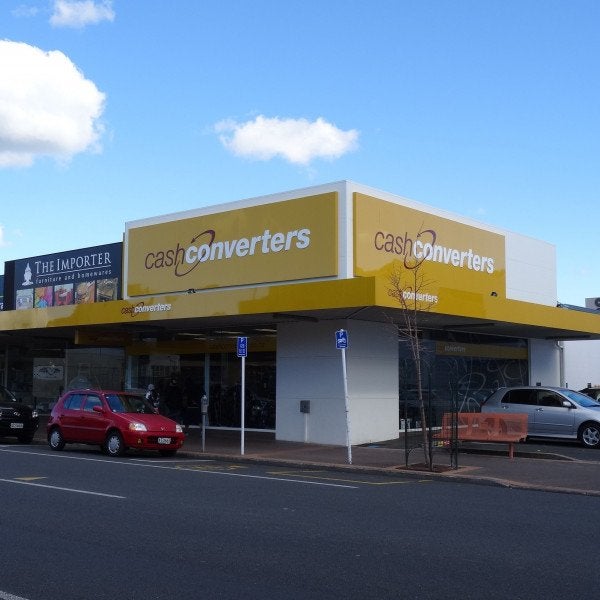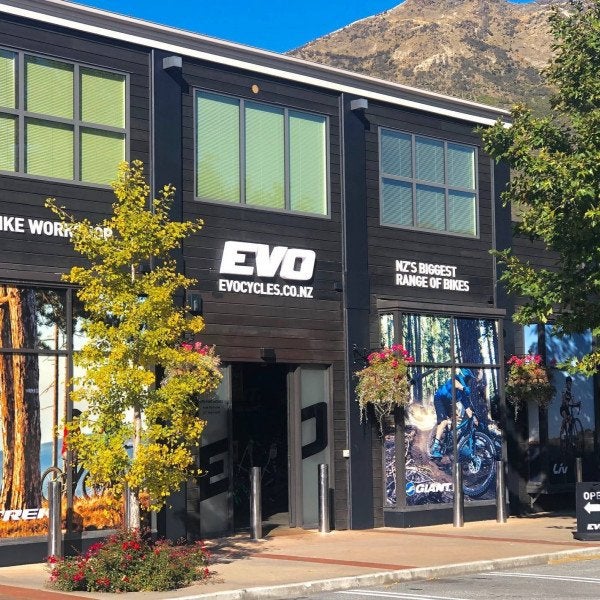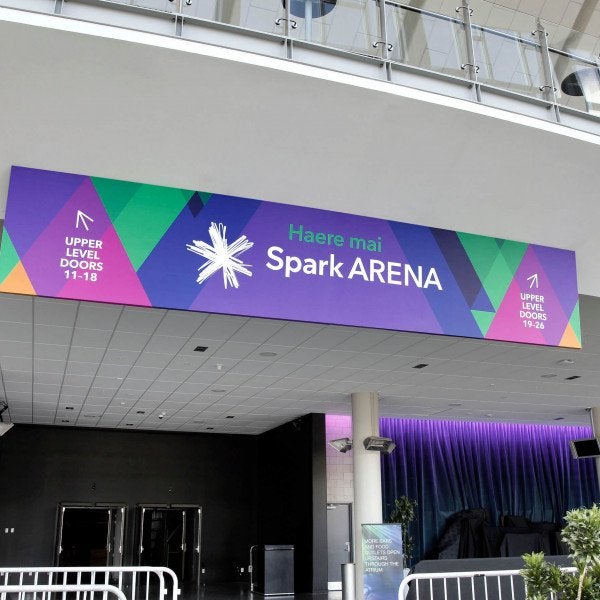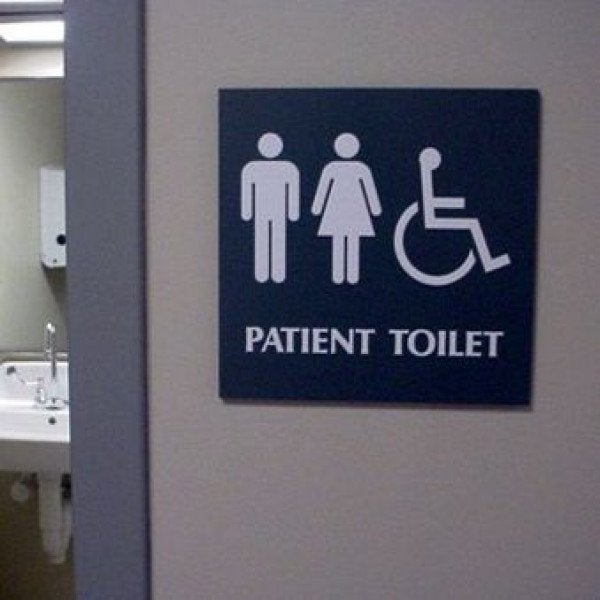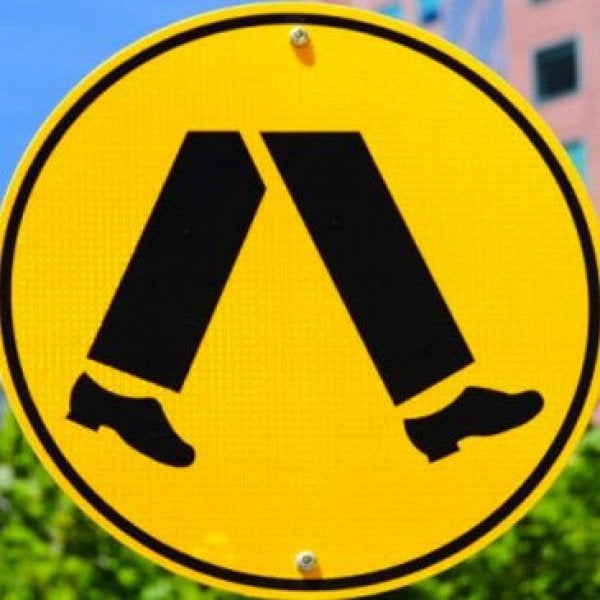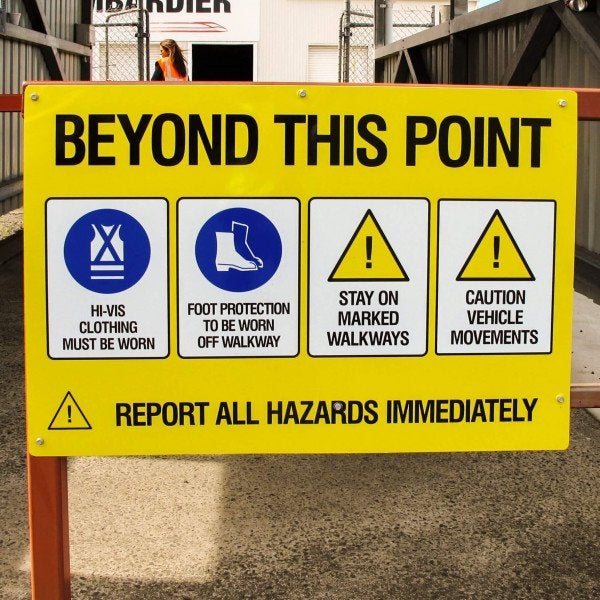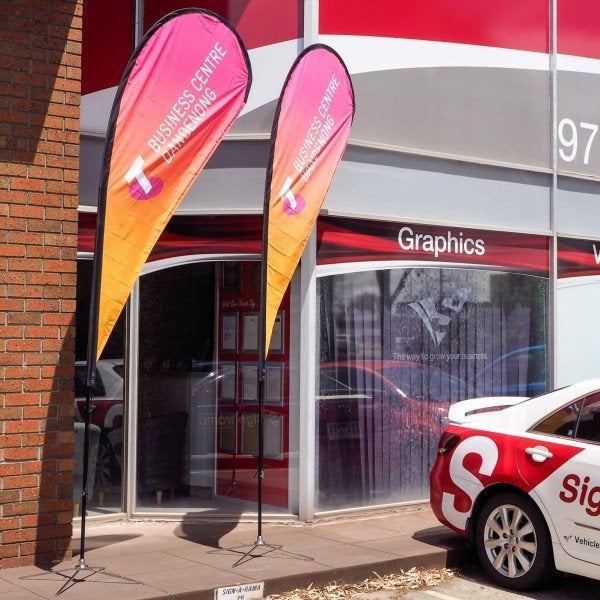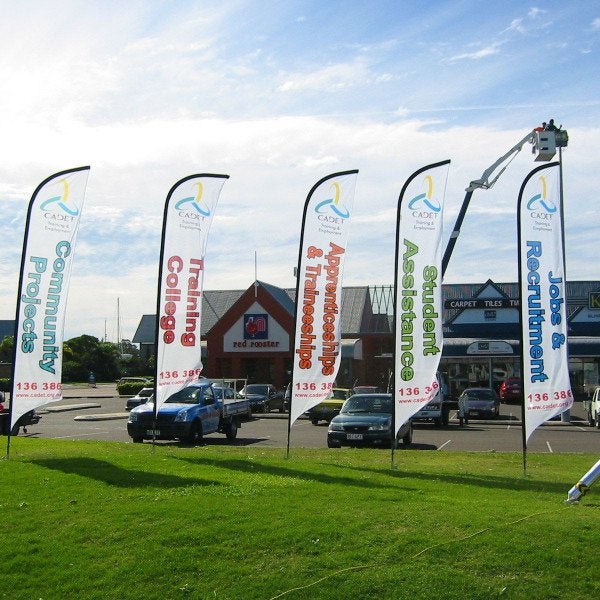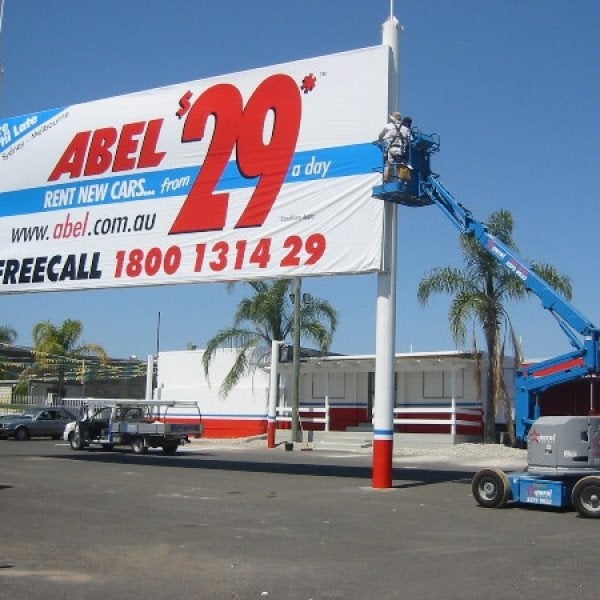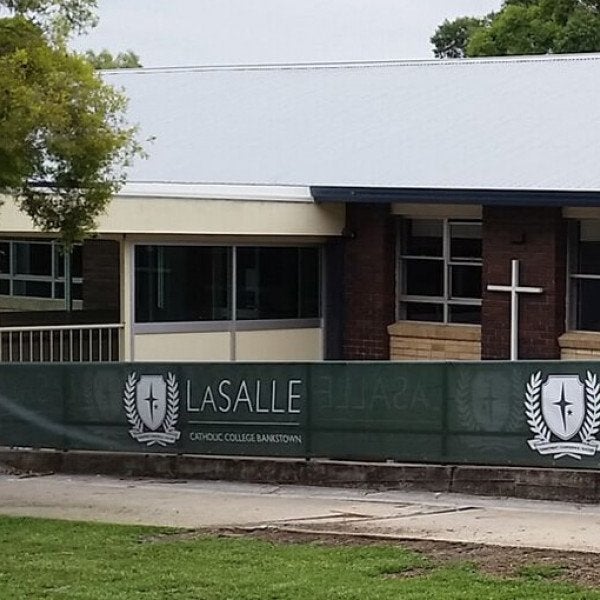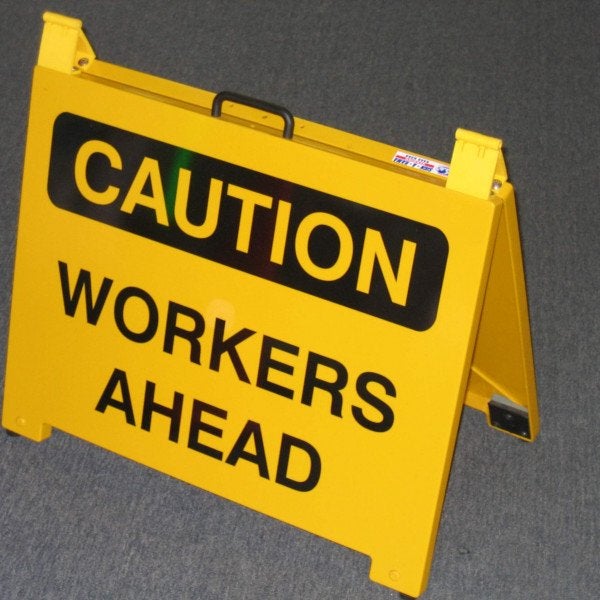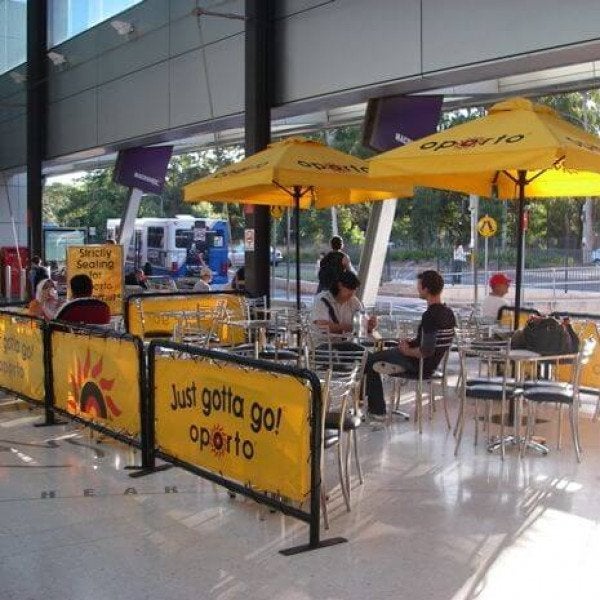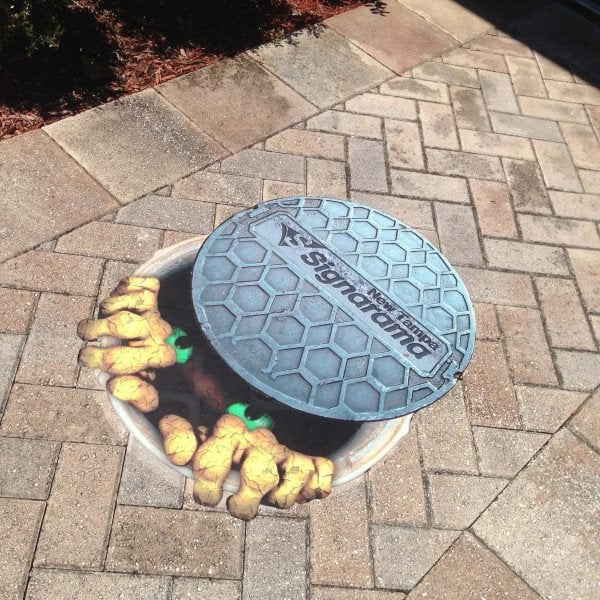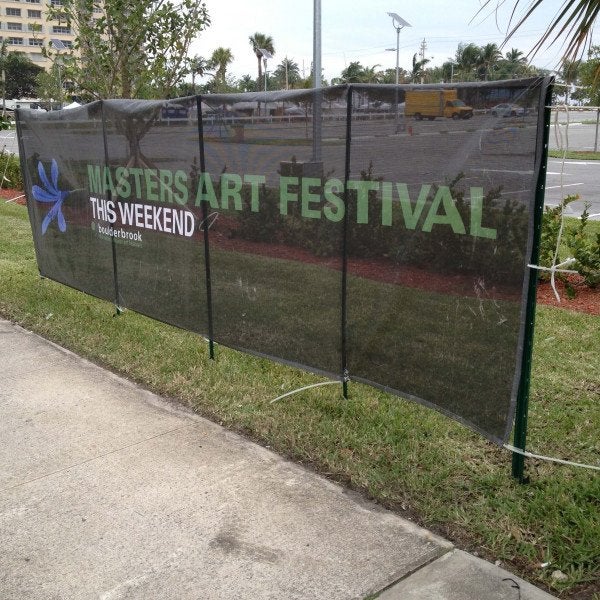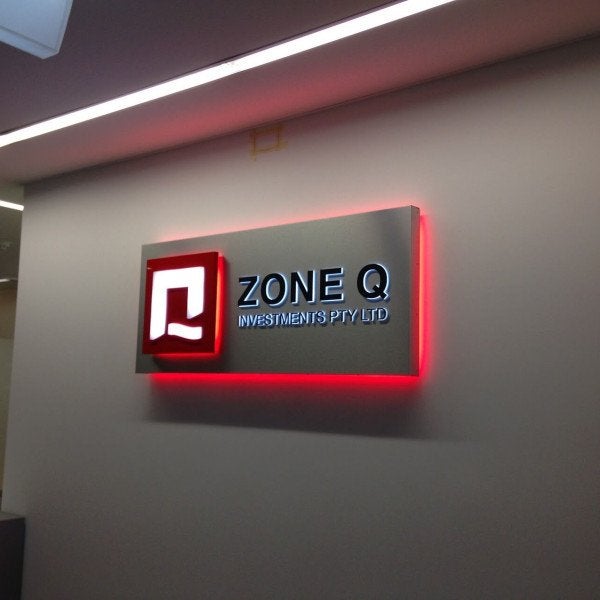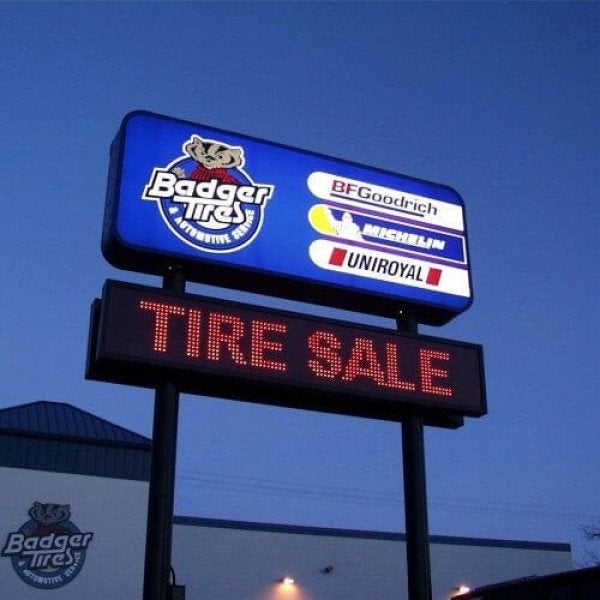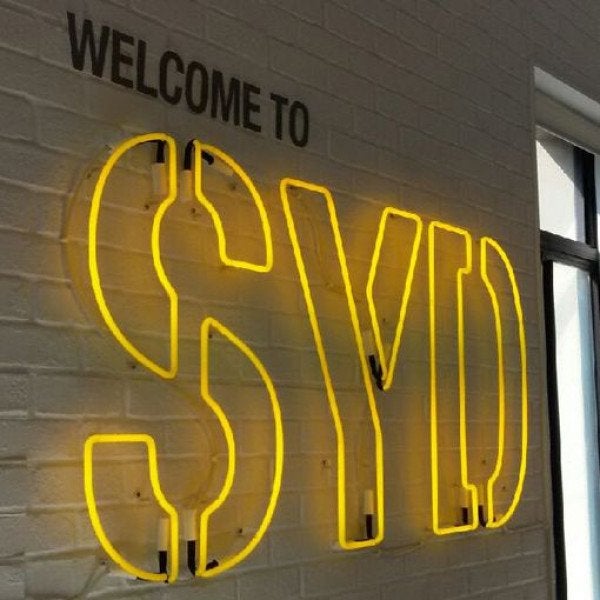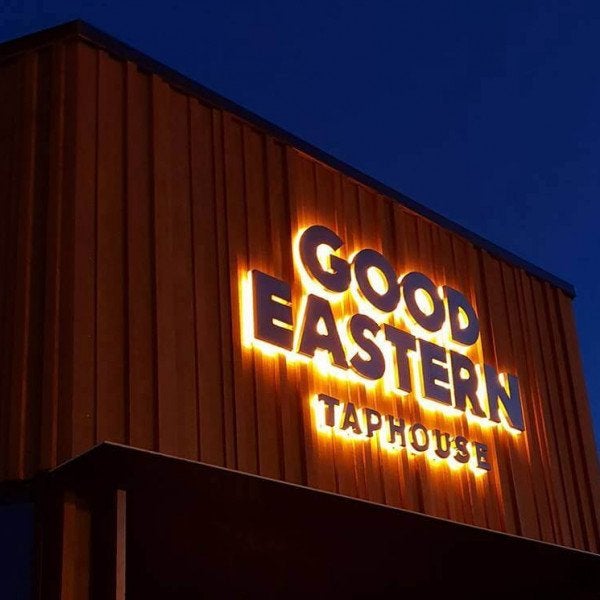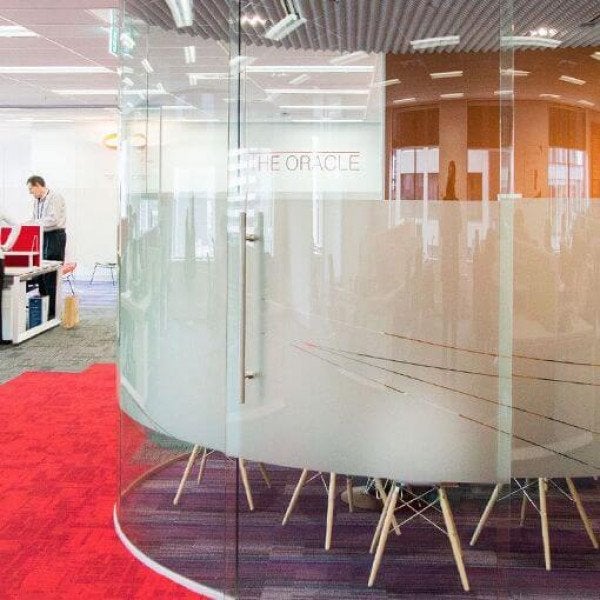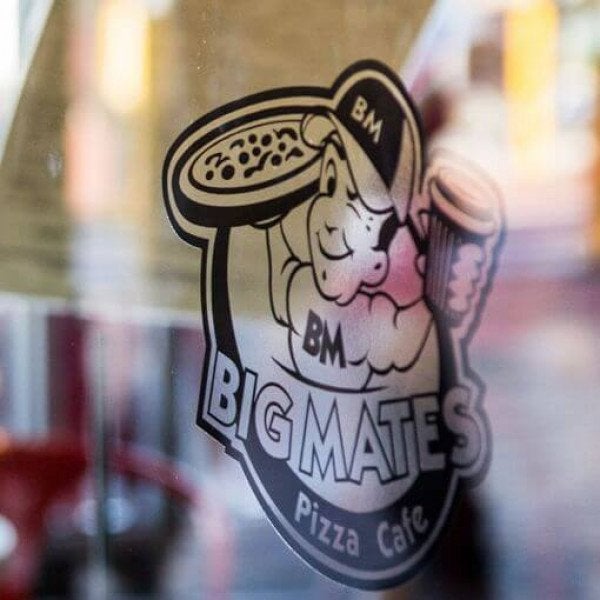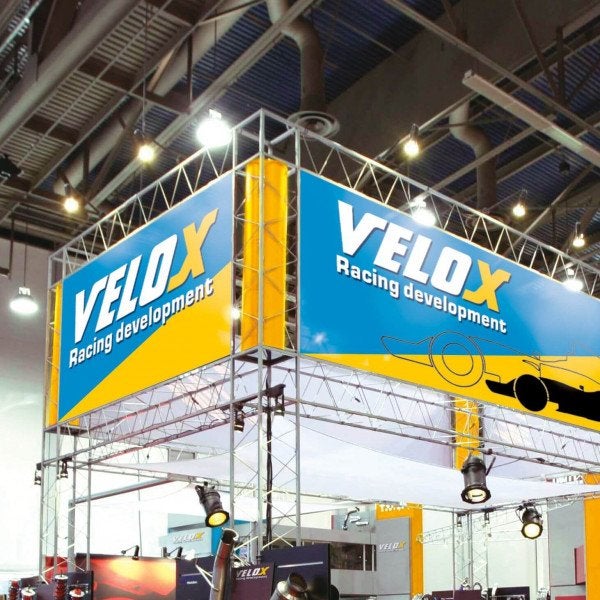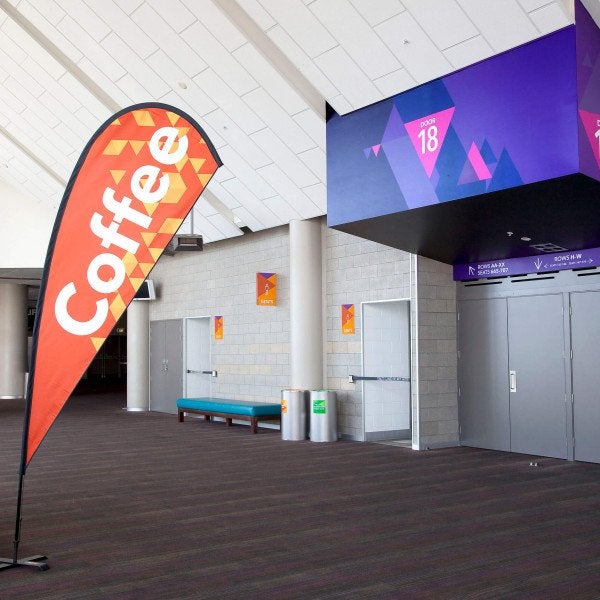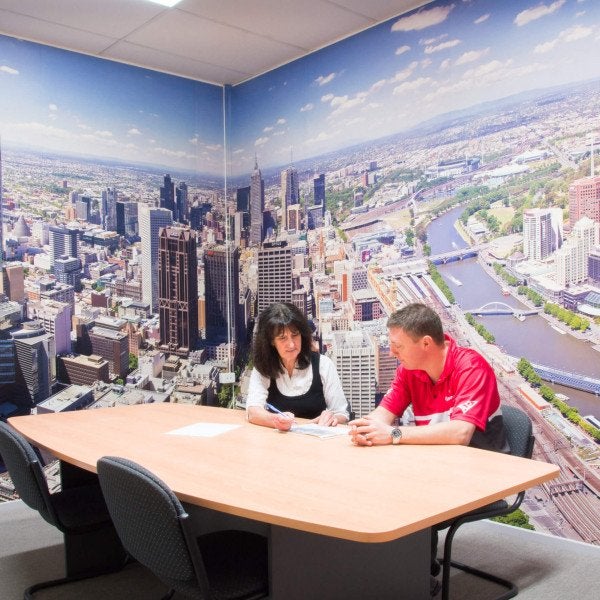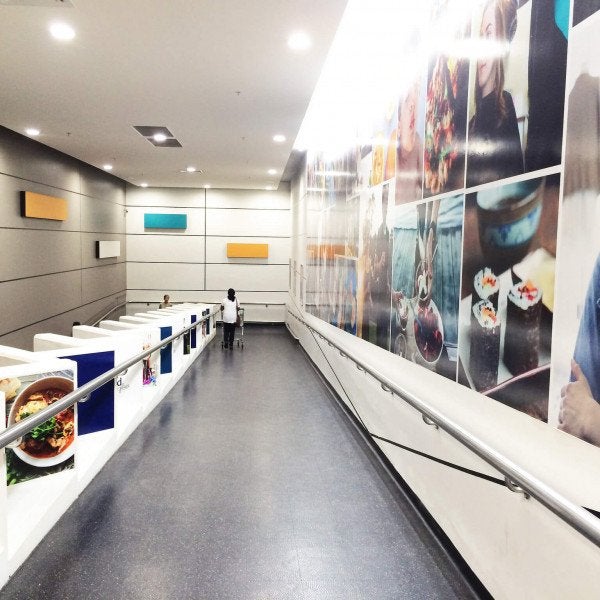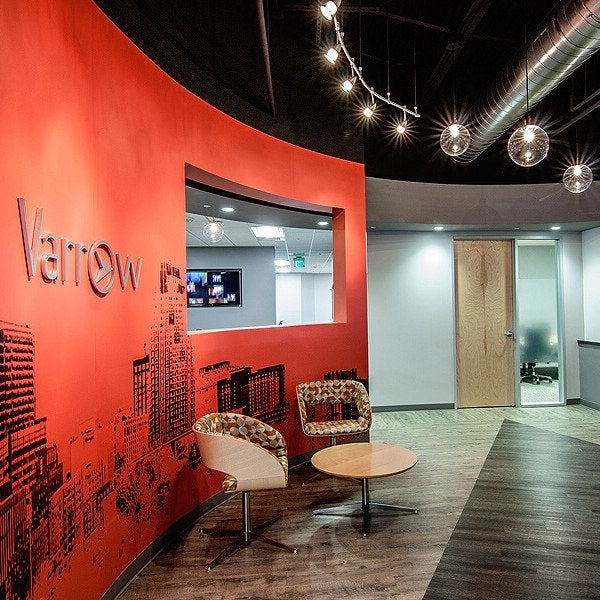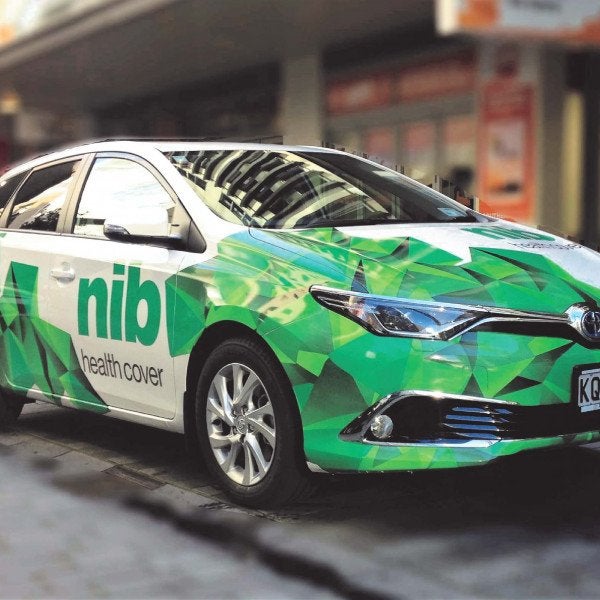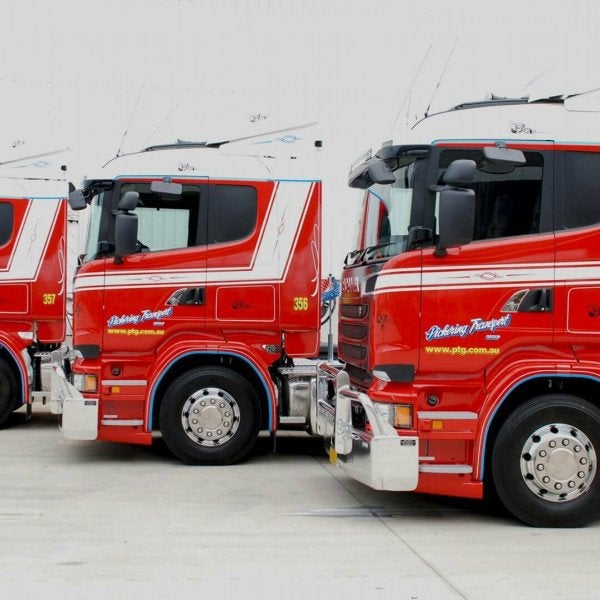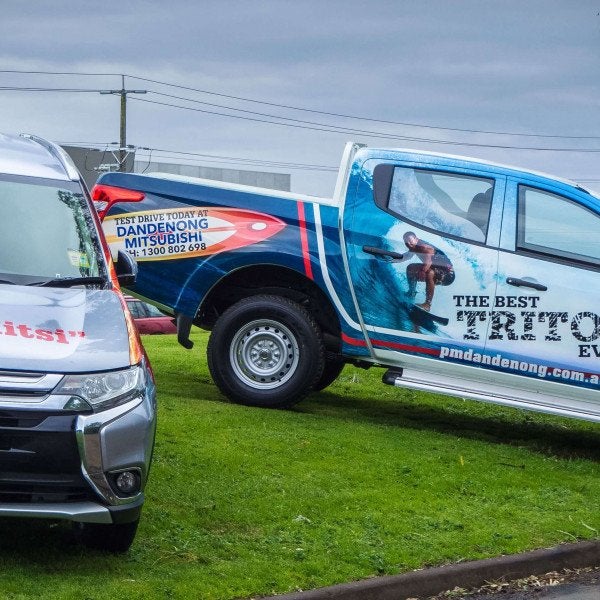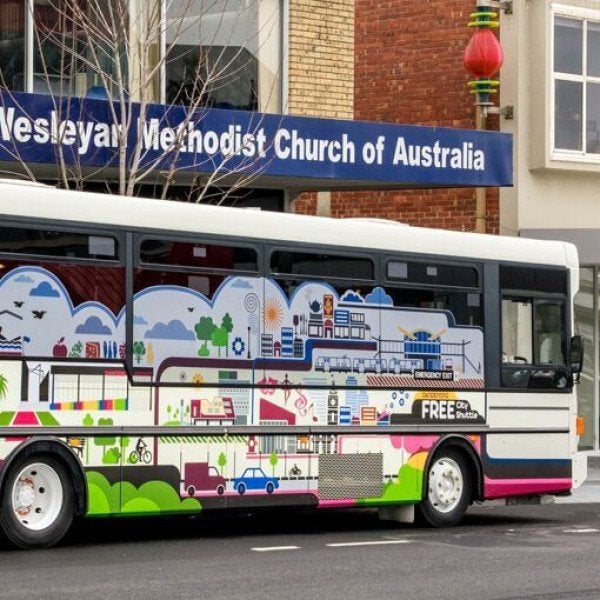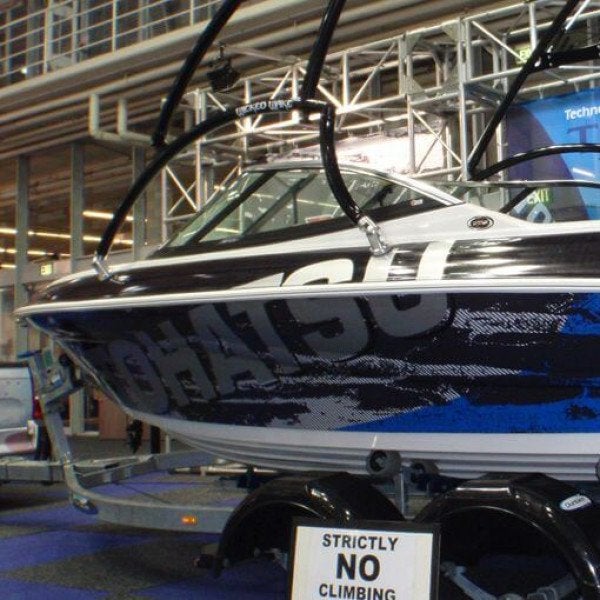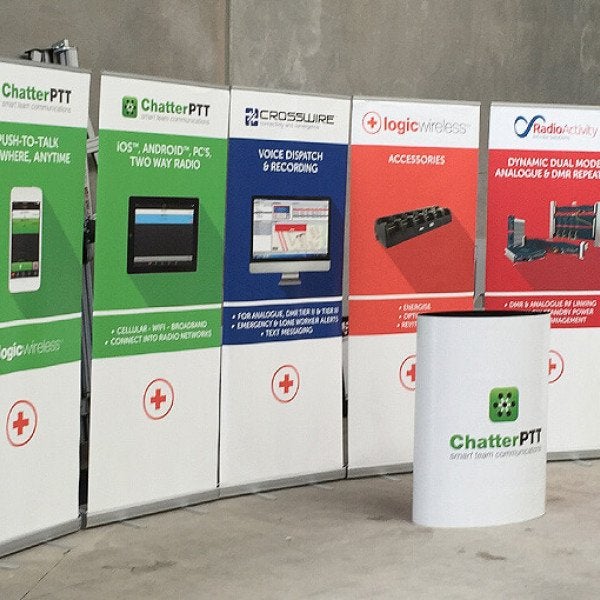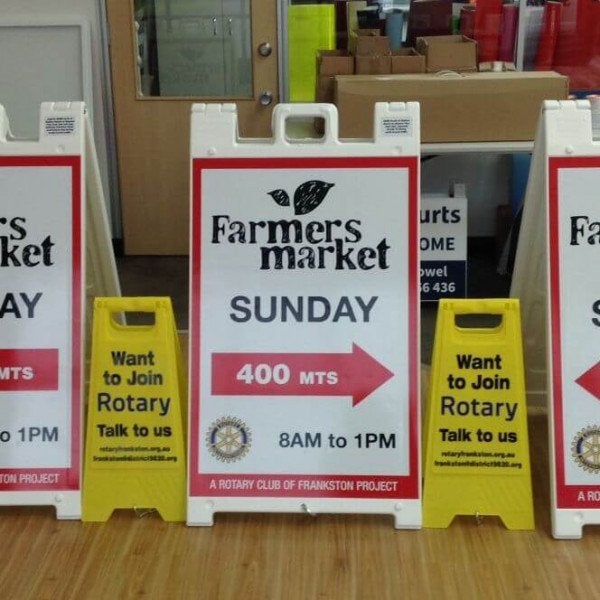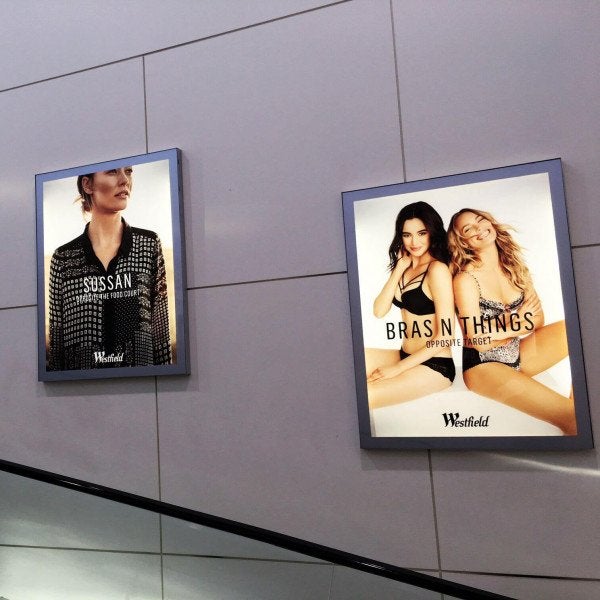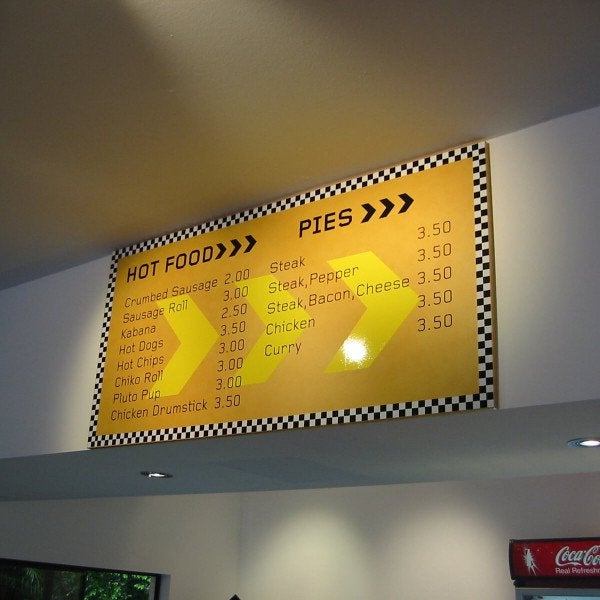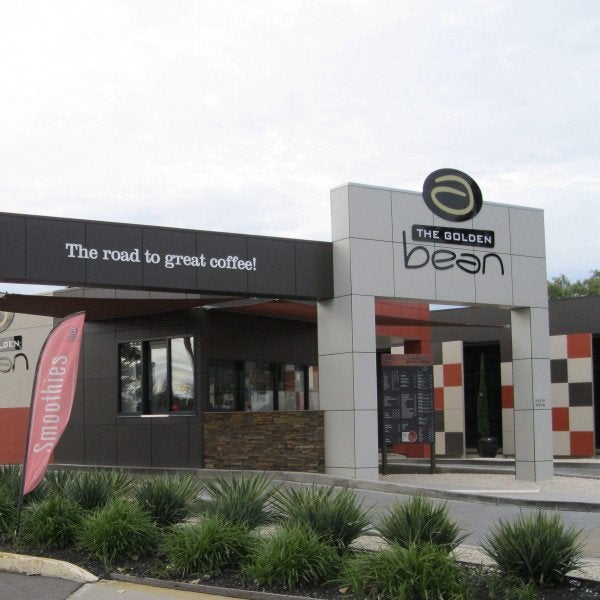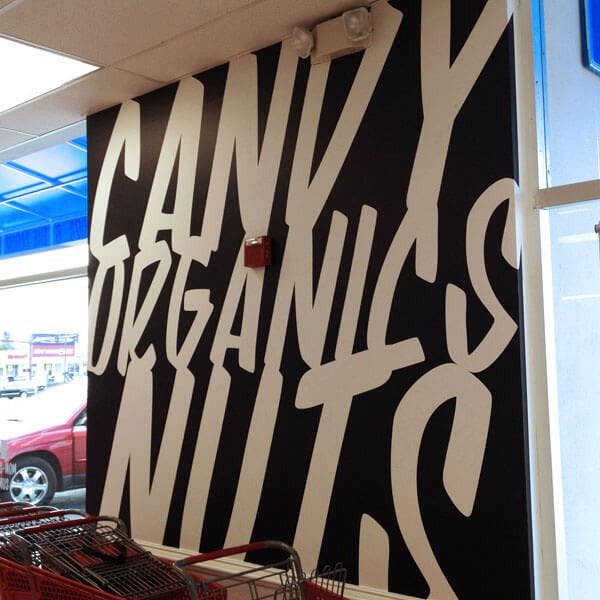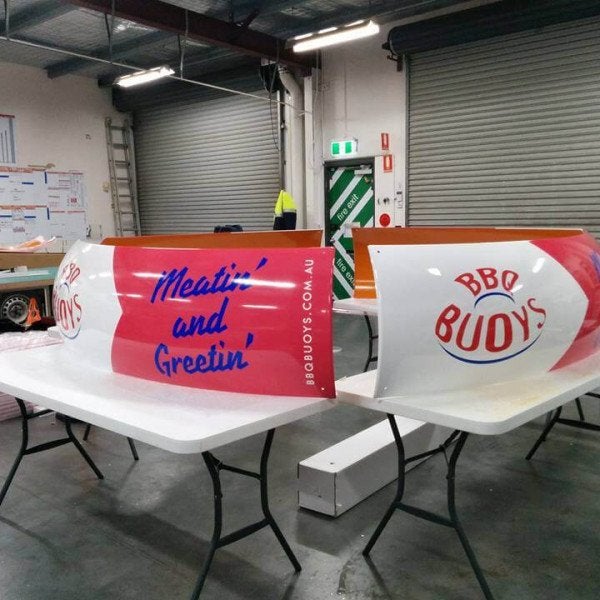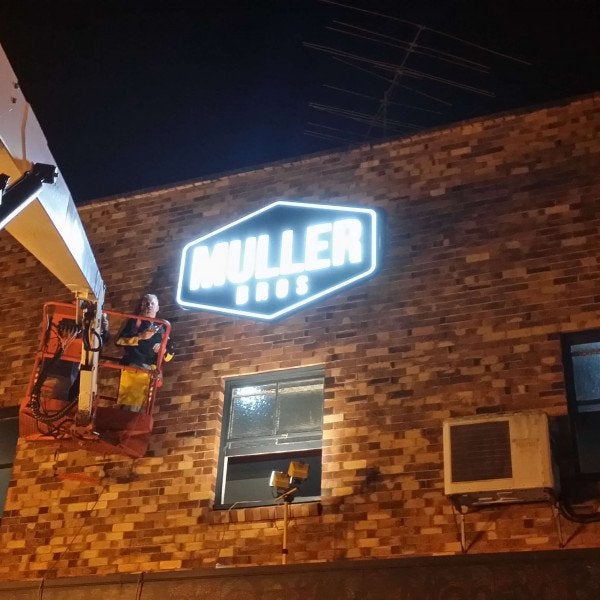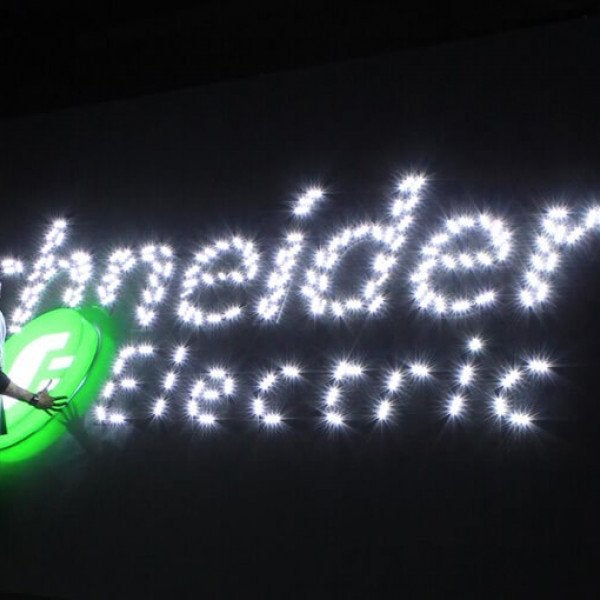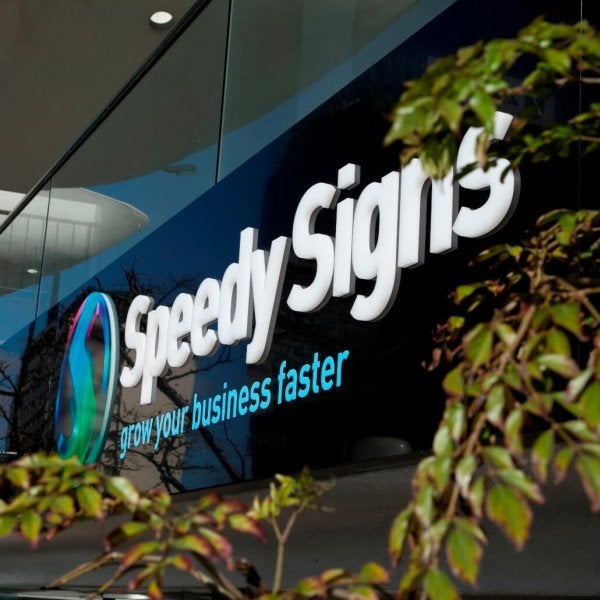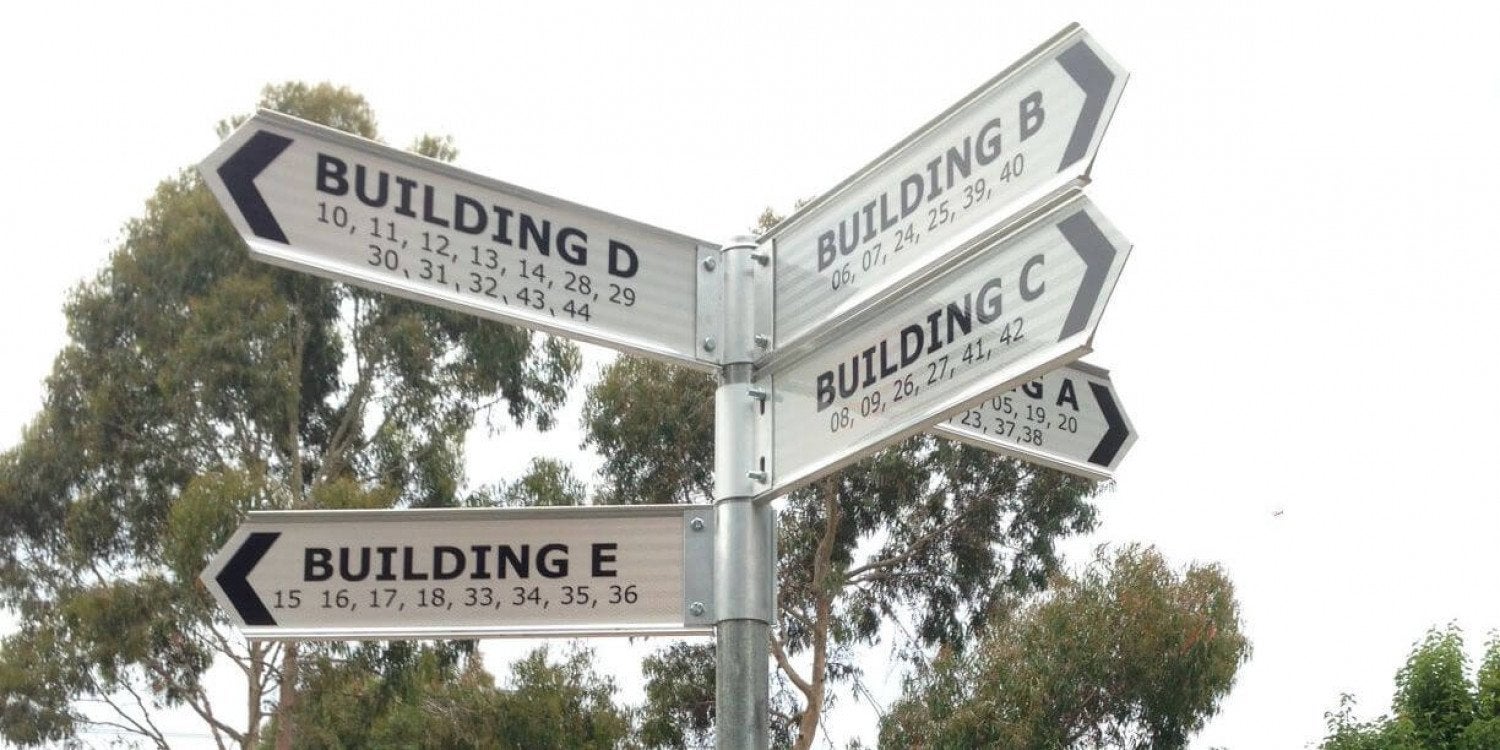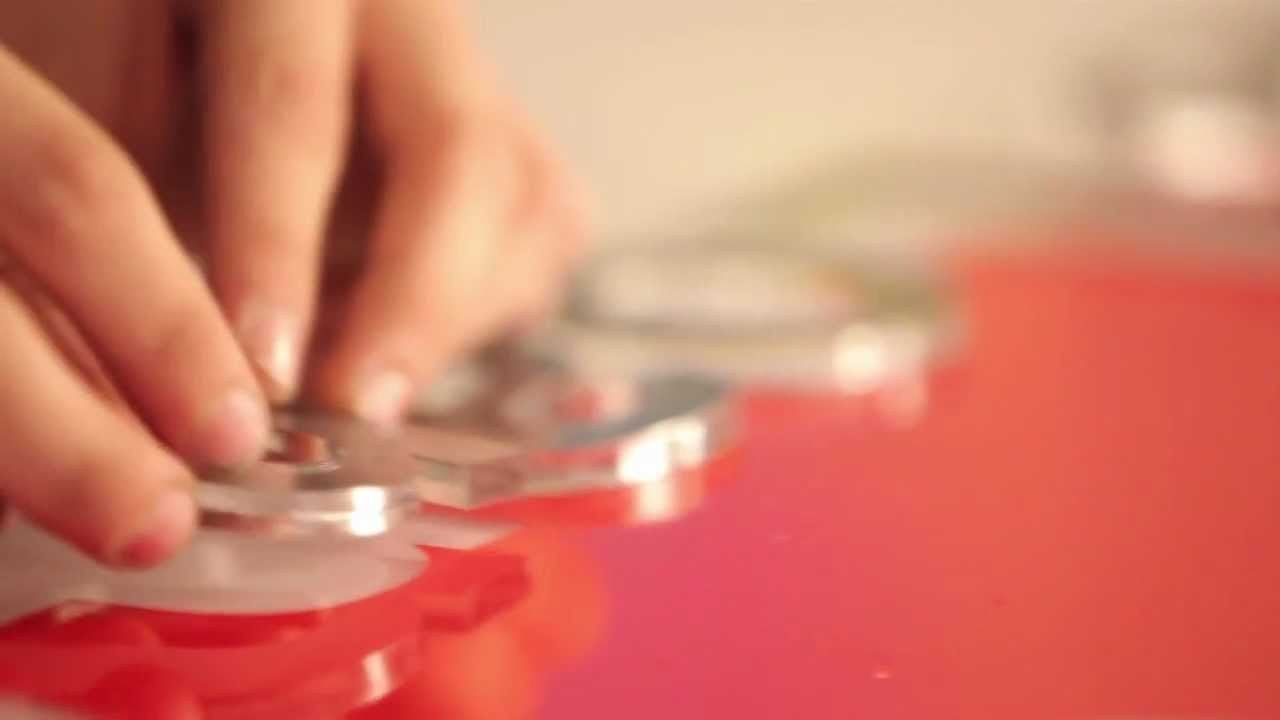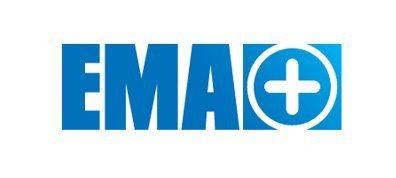Healthcare Facilities
 The purpose of healthcare wayfinding goes beyond just being informative – patients and visitors will often be in a heightened state of anxiety before they even enter the facility, so the core purpose of directional signage, in this instance, is to reassure.
The purpose of healthcare wayfinding goes beyond just being informative – patients and visitors will often be in a heightened state of anxiety before they even enter the facility, so the core purpose of directional signage, in this instance, is to reassure.
Finding their intended destination is an understandable worry for any visitor – particularly first-timers, whose heightened stress levels will be multiplied by their fear of the unknown. Add in the frustration that comes from getting lost and it’s not surprising that healthcare visitors rank directional signage as having one of the largest impacts on their overall service experience.
It’s also the number one source of complaints. Research shows that if visitors lack direction – or reassurance of their direction – every 30 feet while travelling through a facility, they’ll stop and ask an employee for assistance. If this happens, you can be confident that your current wayfinding strategy just doesn’t work. In this environment it is important for all staff to remain focused and free from interruptions. They could, after all, be in the middle of critical and potentially life threatening work.
When it comes to designing your wayfinding signage system, it is vital to do so with the first-time visitor in mind. A successful process will empower and instil confidence in the patient or visitor, which will help to reduce anxiety, fear and nervousness.
It’s also important to remember that you only need to disclose enough information to get people to the next decision-making point. Don’t overload them with information, as this will only result in cognitive overload – less is more. Once you have a seamless wayfinding process in place, you can be sure that your visitors will receive the valuable peace of mind they deserve.
Retail Outlets
 This is an entirely different user environment. The purpose of retail directional signage, particularly in supermarkets, is to make the customer’s journey as easy as possible. Ultimately, you want them to find what they’re looking for, buy more and stay in the store for longer.
This is an entirely different user environment. The purpose of retail directional signage, particularly in supermarkets, is to make the customer’s journey as easy as possible. Ultimately, you want them to find what they’re looking for, buy more and stay in the store for longer.
Whether you’re a retail chain, a franchise or a supermarket giant, getting the directional signage right could massively impact your profits. In supermarket environments, for example, directional signage will include a breakdown of what’s in each aisle.
But there’s an ulterior motive at play here. Each aisle will be carefully grouped to promote up-selling. Have you noticed that the pasta aisle will also include other complimentary ingredients such as sauces, herbs and spices? This is not just for the convenience of shoppers with a particular meal in mind. It also encourages other customers to visualise (and purchase) ingredients for a meal they didn’t necessarily intend on buying beforehand – a prime example of how directional signage can be used to persuade customers to buy more.
So you see, there’s more to it all than meets the eye, isn’t there?
For more information call us on 0800 SPEEDY or visit www.speedysigns.co.nz/products/directional-signs.

